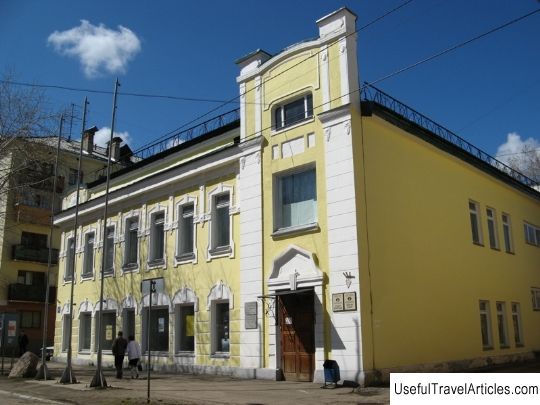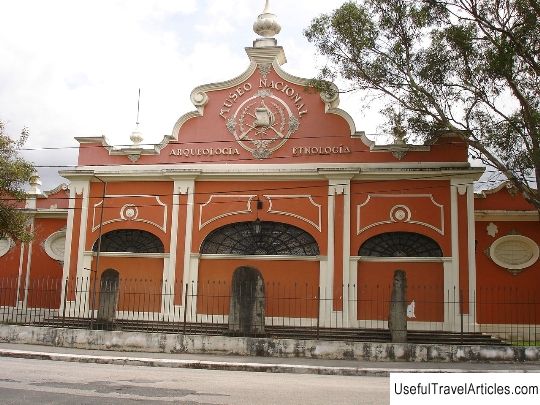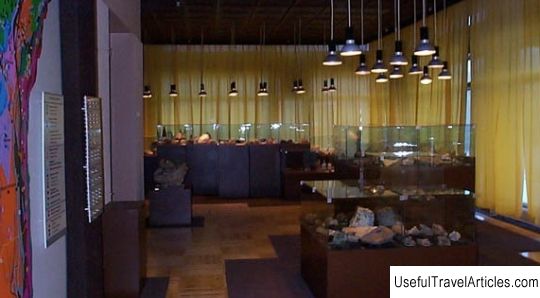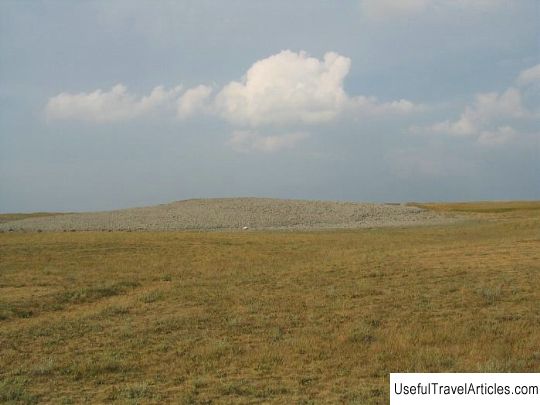Museum of Archeology and Ethnography description and photos - Russia - North-West: Syktyvkar
Rating: 8,4/10 (234 votes) 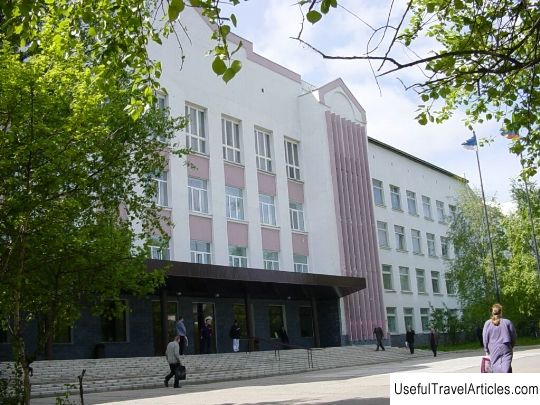
Museum of Archeology and Ethnography description and photos - Russia - North-West: Syktyvkar. Detailed information about the attraction. Description, photos and a map showing the nearest significant objects. Photo and descriptionThe Museum of Archeology of Syktyvkar State University officially received the status of a museum in 1982, although its history goes back about four decades and is closely associated with the research activities of ethnographers and archaeologists of the university. The first collection appeared in the museum in 1973, it was presented at the exhibition. In 1978, a permanent exhibition of archaeological material was arranged in a cultural and chronological order. An ethnographic exhibition was organized somewhat later. By the opening of the VI International Congress of Finno-Ugric Studies in 1985, a new exposition was designed, which lasted until 1998. In 1999, when the Faculty of History of the University was moved to a new building, a draft of a new exposition was developed. which had to meet modern requirements. When creating the concept of the exposition, the unity of the material and spiritual aspects of culture was taken into account. The exposition was arranged in the same style. The foundation of the image was natural artifacts that are stored in museum funds. The exhibition space was divided into complexes, logically united into a single whole. The places for the passage of groups of visitors were clearly thought out, taking into account the maximum convenience for examining the exhibits. The museum complex is made in a neutral color scheme, which personifies the mythological color representations of the Komi-Zyryans. The museum exposition in a condensed form demonstrates the history of human adaptation to the environment in the North-East of Europe, acquaints museum visitors with the traditions of the Komi-Zyryans, shows the organic relationship between management methods and their environment. The artistic solution of the exposition of the Museum of Archeology and Ethnography creates the effect of "travel" in time. The system of presenting artifacts helps to "travel" both in perspective, from the Mesolithic to the 20th century, and in retrospect, from the 20th century. before the Stone Age. The exhibition begins from the Mesolithic times. In a special showcase there is the Adak cave sanctuary, which has been used for a long time. Focusing on this cult object allows dwelling in detail on the mythological views of the ancestors. A separate complex of the exposition is dedicated to the development of metal production in the North-East of Europe. A special place in the exposition is given to materials reflecting the medieval period of development of these places. The sarcophagi and the reconstruction of the burial rite characteristic of the Vymsk culture are organically inscribed in the museum space. Nearby showcases show ceramics, metal, silver jewelry typical of this period. The coverage of the historical process of human adaptation to northern life ends with a demonstration of ethnographic material that introduces visitors to the traditional culture and occupations of the Komi-Zyryans: livestock and agriculture, fishing and hunting, household production. In the ethnographic part of the museum, agricultural tools, kitchen utensils, girls' and women's costumes are comprehensively demonstrated. The male half of the society was more mobile, engaged in fishing and hunting. Therefore, besides the main male tools of labor, there are also men's suits. On a separate podium - earthenware and copper dishes. The podium is located next to the archaeological showcases, which display copper and clay artifacts from different archaeological eras. Such exposition allowed to represent figuratively the process of development of the technology for modeling dishes in space and in time. On the central podium there are exhibits that demonstrate the process of making the canvas. This exposition object connects separate sets of exhibits reflecting the main Komi occupations (woodworking and spinning) in the ethnographic part of the museum's exposition. To increase the exposition area, the museum is equipped with open-access cabinets in which the exhibits are located. which give an idea of the development of flint implements, metallurgical and ceramic industries, typology of household utensils. The archaeological collection of the museum is known not only in the Komi Republic. Items from the first Veslyansky burial ground are exhibited in the State Hermitage (St. Petersburg). Items of cult sculpture were exhibited in museums in St. Petersburg, Moscow, Tartu (Estonia), and artifacts from the first Veslyansky burial ground were exhibited in Germany.        We also recommend reading Lepenitsa cave description and photos - Bulgaria: Velingrad Topic: Museum of Archeology and Ethnography description and photos - Russia - North-West: Syktyvkar. |

